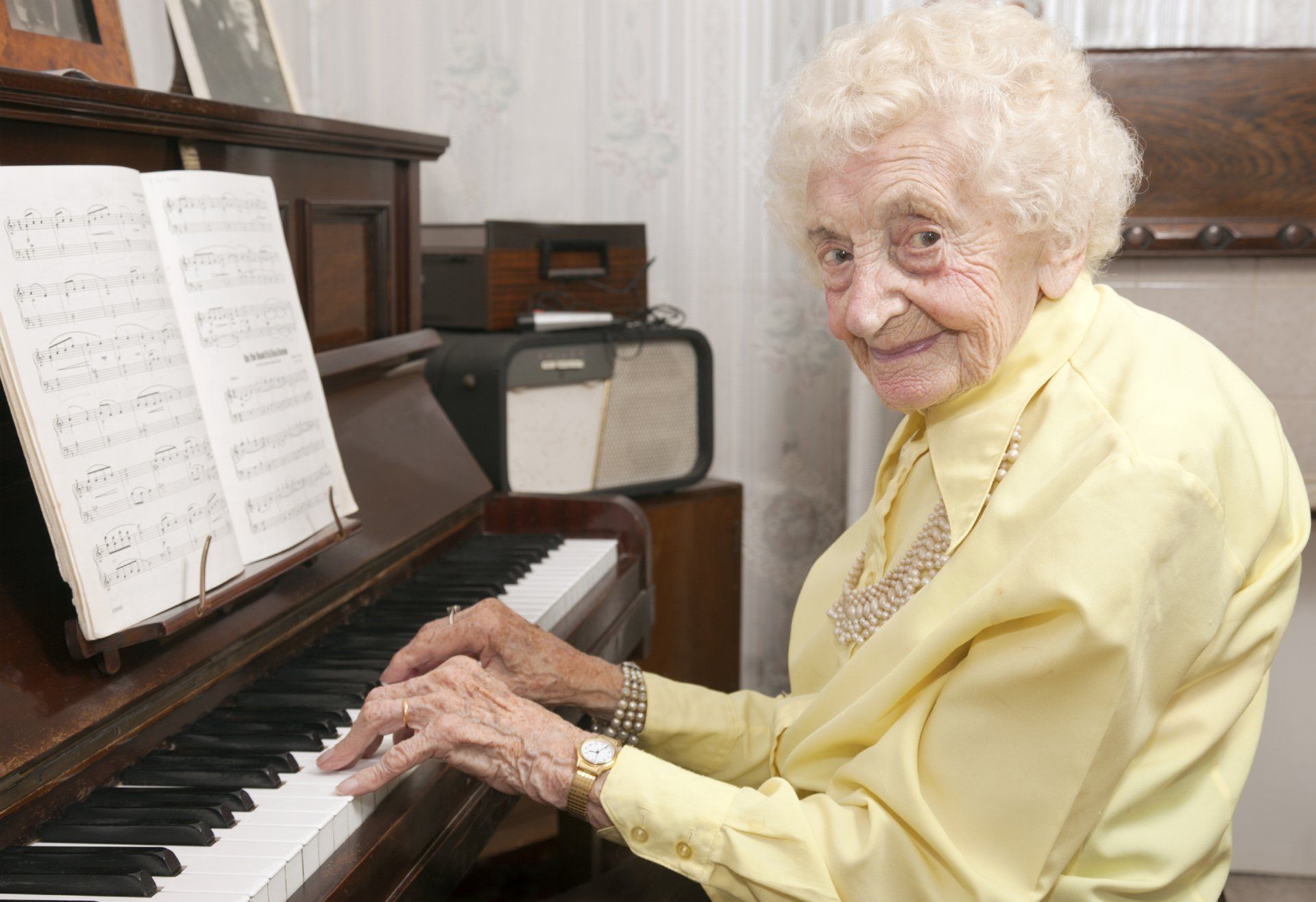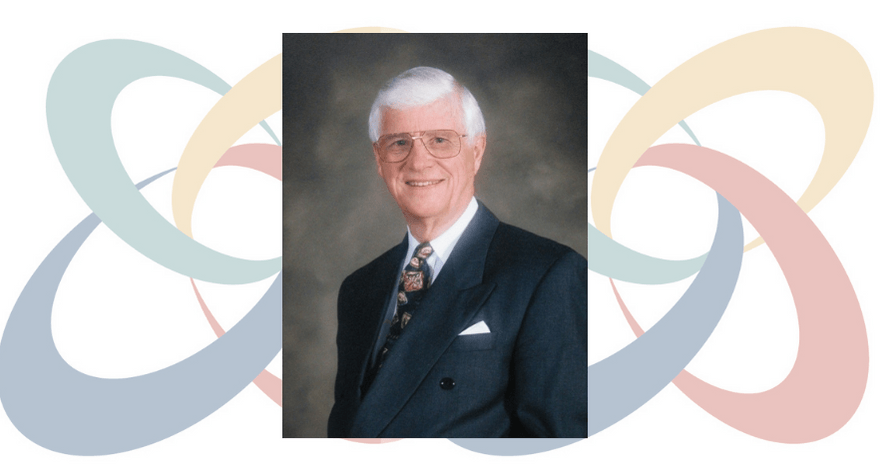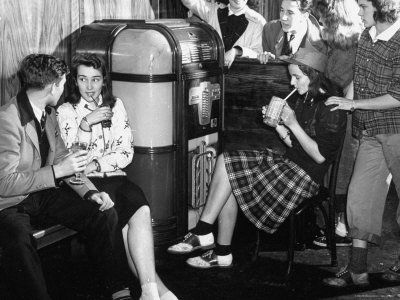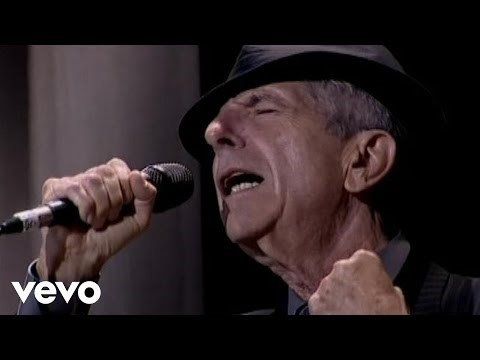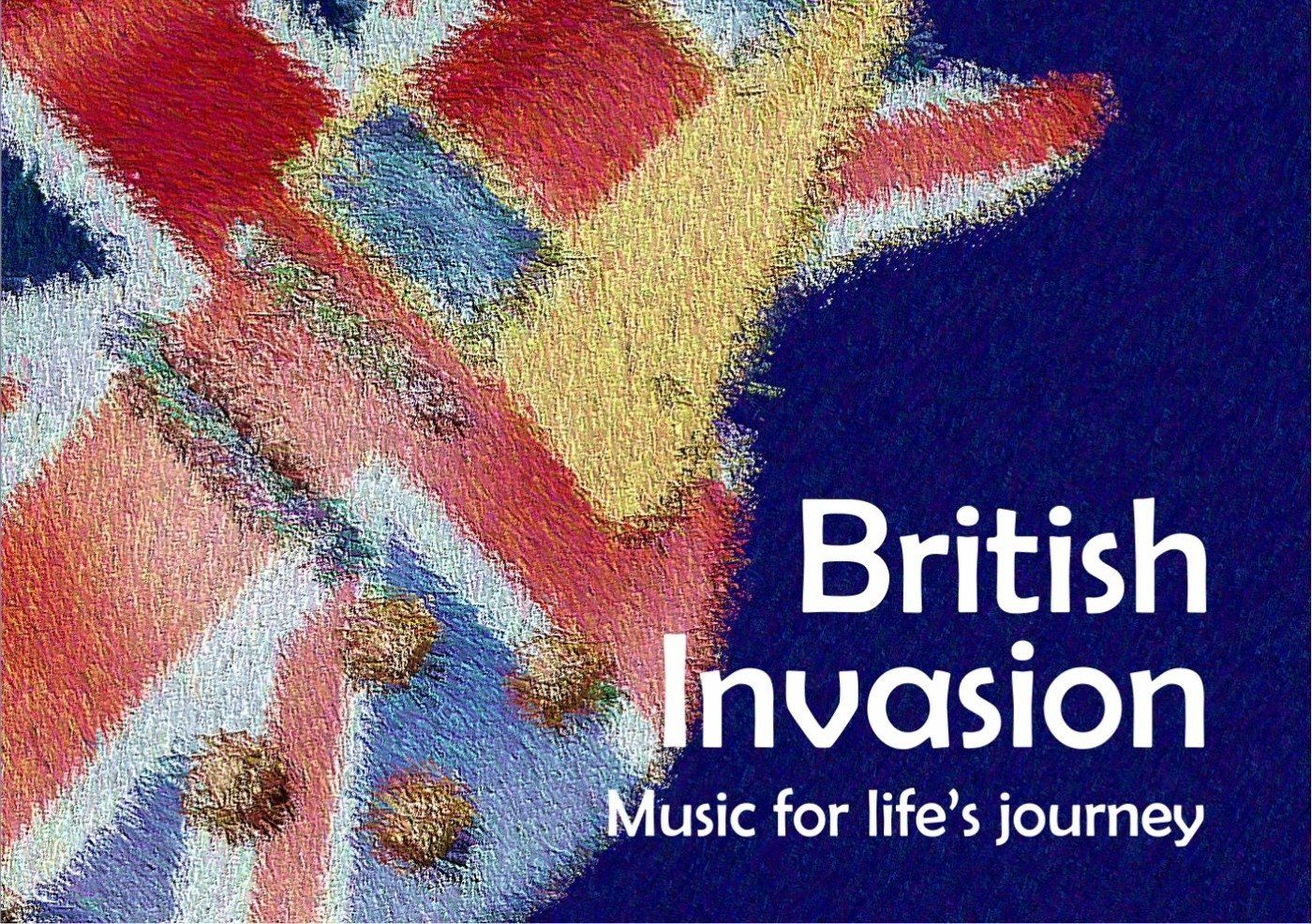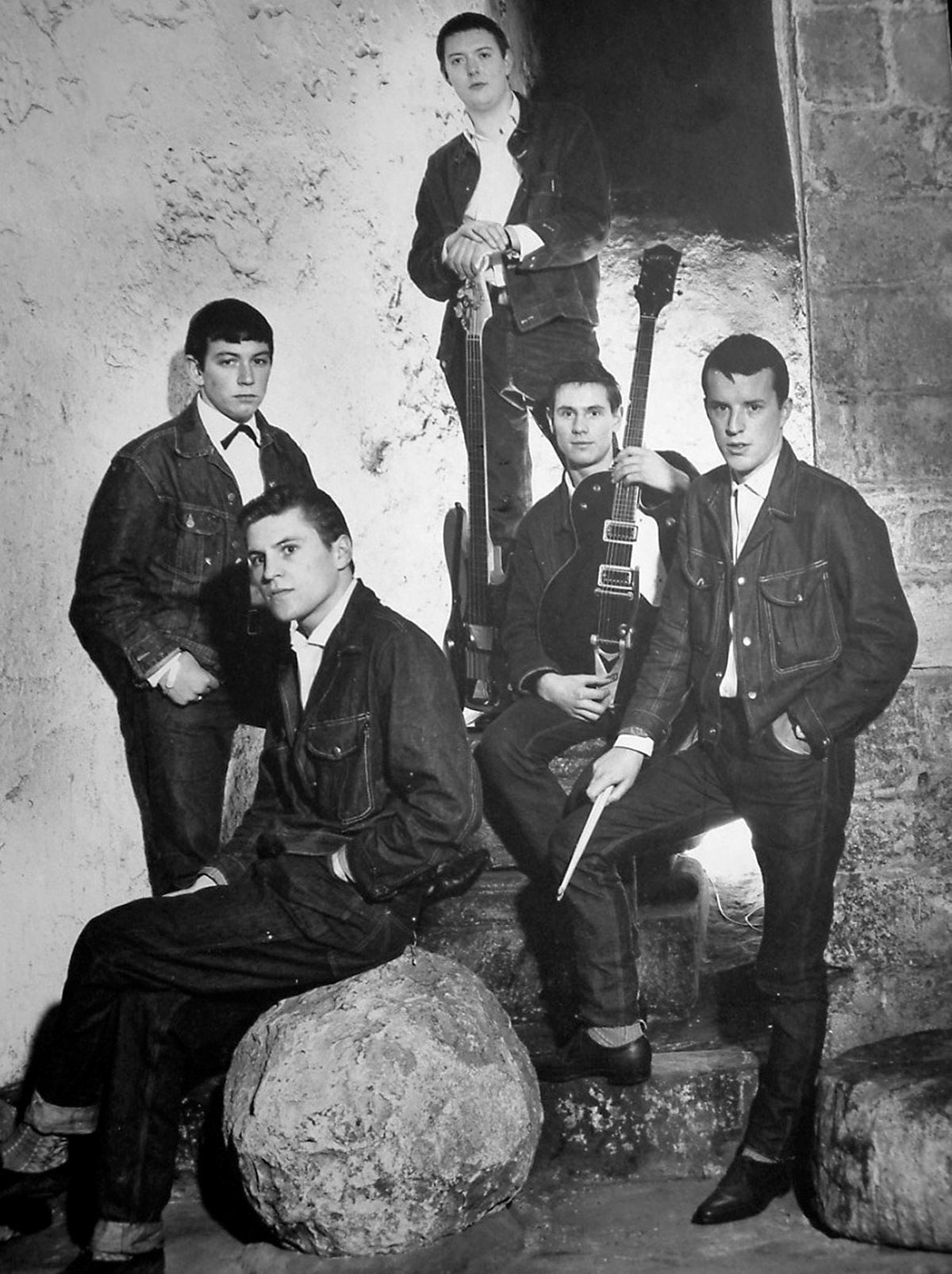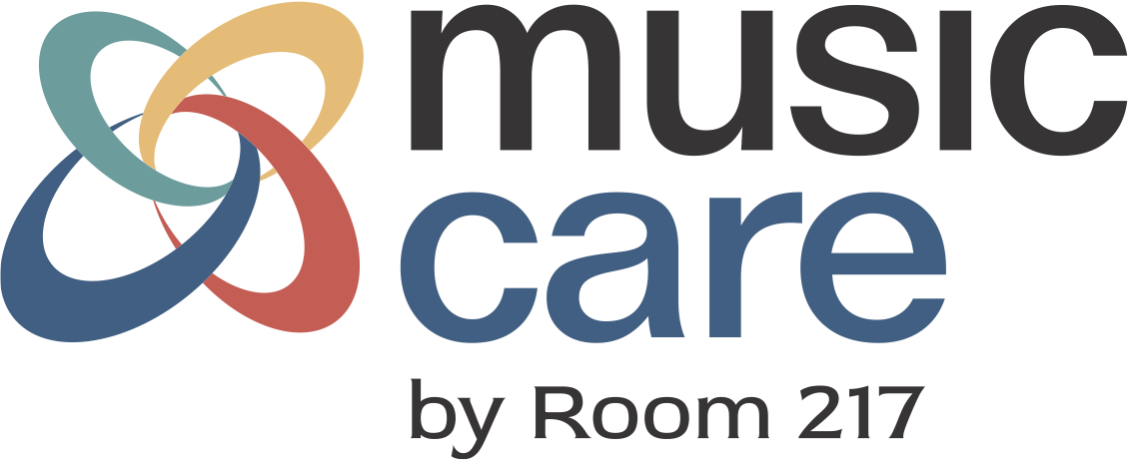How Music Nurtures My Soul and Supports My Work in Education
Music has become for me a bit of a window into my own soul. My playlist for on the way to work enables me to be more grounded in my own beliefs and purpose as I enter into the busyness of my day to day work. Throughout the day snippets of songs come back to me and help me to refocus and also realign with my own values as I work. Sitting at the piano and playing around with melodies and lyrics opens up space in my head and my heart. Creating simple songs allows me to explore my beliefs and emotions and look deeper into my soul, finding places of peace and clarity that spill over into my interactions with family, friends, co-workers and students. Music helps me to slow down, to reflect, and to better understand myself in relation to God and the world around me.
In my role as a student support teacher in an elementary school, I often use music with both adults and children. Working in a school is fast-paced with many decisions made on the fly. Teachers experience high levels of decision and compassion fatigue. They care deeply for their students and work hard to meet a wide variety of needs within their classrooms and the schools. One way I have used music is to give space and invitation for staff members to gather together and listen to music as a way to reset, reconnect and regulate during the course of a week. Listening to music has helped people to take time to process their emotions and reconnect with their purpose, giving new strength and courage to continue their important work.
Working with students, I use music primarily as we look at social and emotional learning. For example, we have used an original song to help teach students internalize a process of conflict resolution that we are using to help student grow in their independent conflict management skills. Using music to help students regulate their emotions when they are upset has great benefits. This can take a number of different formats. A drumming conversation, ie. back and forth sharing of rhythms, has helped some students who are struggling to talk about what is frustrating them. The process of drumming and focusing on the rhythmic conversation frees their thinking and grows their trust enough that they are able to communicate about their big emotions. Listening to calming music can help when a student is feeling overwhelmed by their emotions. And writing songs about loss and struggle has helped some students cope with difficult situations in their lives.
In my life and practice music helps build connection, community and trust allowing for deeper, more meaningful relationships that help to support students and staff learn and grow together in school.


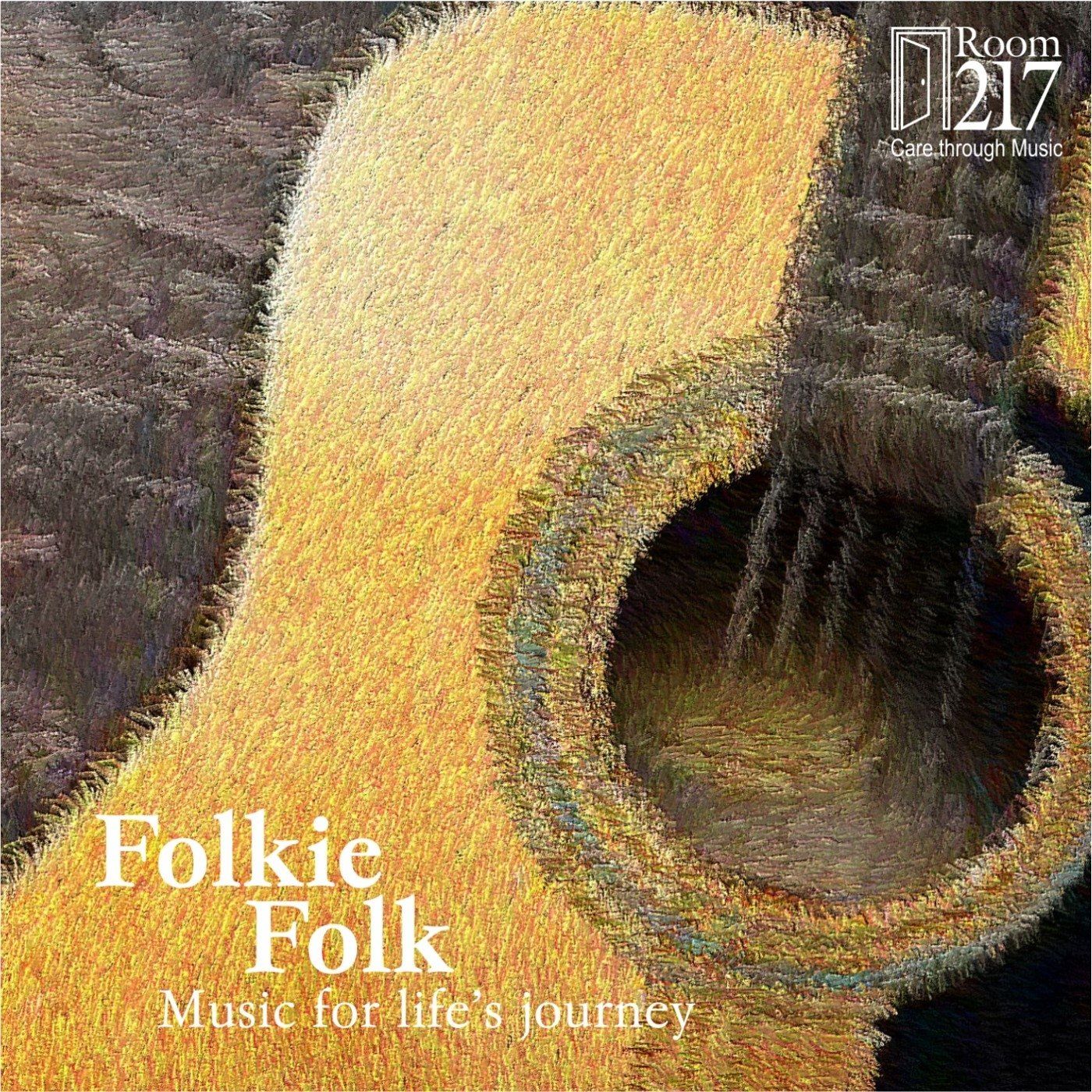
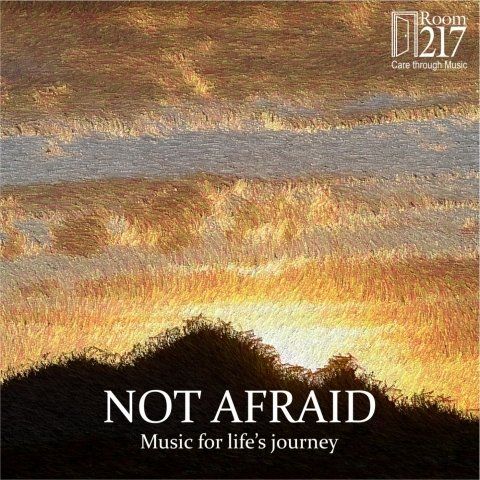
Charitable Registration #85728 5092 RR0001 • Room 217 Foundation™
Box 145 Port Perry, ON, L9L 1A2 • 844.985.0217

